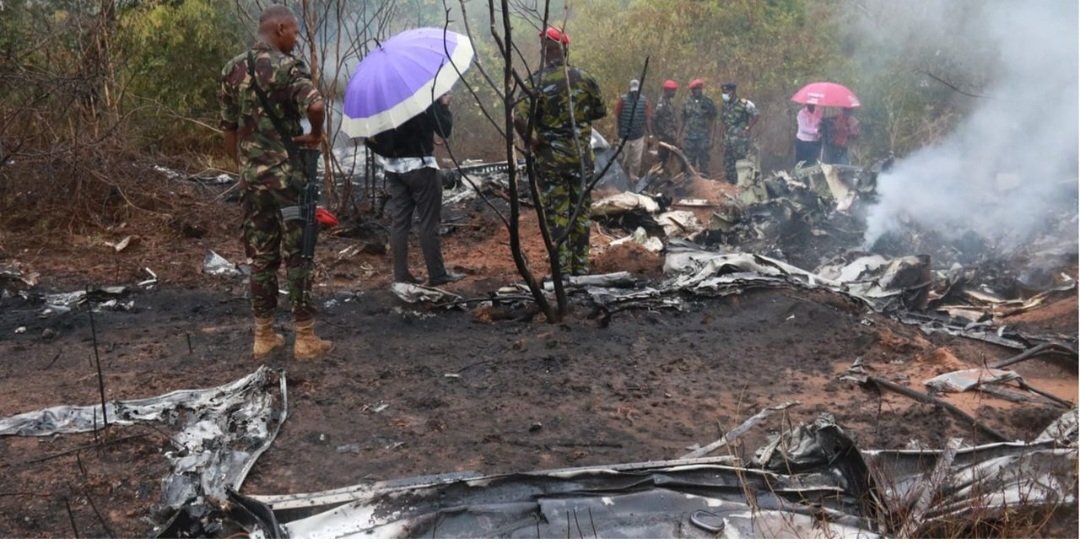The National Transportation Safety Board said it’s looking at a “reported trim issue,” a reference to adjustments that are made to an airplane’s control surfaces to ensure it is stable and level in flight. The agency initially reported that the plane experienced severe turbulence late Friday afternoon.
Last year, the Federal Aviation Administration instructed pilots flying the same model of Bombardier BDRAF aircraft to take extra pre-flight measures after trim problems had been reported.
Investigators will have more information after they’ve analyzed the flight data recorder, cockpit voice recorder and other information, such as weather at the time, the NTSB said.
The Bombardier executive jet was traveling from Keene, New Hampshire, to Leesburg, Va., before diverting to Bradley International Airport in Connecticut. Three passengers and two crew members were aboard.

The person who died, identified as 55-year-old Dana Hyde of Cabin John, Md., was brought to a hospital in Hartford, Conn., where she was later pronounced dead, Connecticut State Police said Monday. The chief medical examiner’s office found that she died from blunt-force injuries.
The jet’s owner, Conexon, a rural broadband consultancy based in Kansas City, Mo., confirmed in an email that Hyde was the wife of a company partner, Jonathan Chambers, who was also on the plane with his son. Neither father nor son were hurt, the company said.
The family was en route home on Friday from a trip to visit colleges in New England, Chambers was cited by the Washington Post as having said in an email to Conexon employees and clients.
Hyde served as counsel for the 9/11 Commission, formally known as the National Commission on Terrorist Attacks Upon the United States, and other posts during a career in Washington, D.C., according to her LinkedIn page.
The Washington Post described Hyde as having been a White House international-aid officer under Presidents Bill Clinton and Barack Obama who served as an associate director of the White House Office of Management and Budget under Obama.
She served as a special assistant to the president for cabinet affairs and a special assistant to the deputy U.S. attorney general in the Clinton administration and as a senior policy adviser at the State Department under Obama, according to the LinkedIn page.
Hyde was co-chair of the Aspen Partnership for an Inclusive Economy in 2020 and 2021, the Washington Post reported, quoting an Aspen Institute representative as calling Hyde a “brilliant and generous colleague.”
Turbulence is unstable air in the atmosphere, which continues to be a cause for injury for airline passengers despite safety improvements. But deaths from turbulence are extremely rare. There were 30 injures, but no deaths, from 2009 to 2020, the FAA said in December.
Trim problems can also be responsible for buffeting or altitude changes.
The NTSB is looking at all of those factors and plans to issue a preliminary report in two to three weeks, said spokesperson Sarah Sulick.
The FAA issued its air directive last year after multiple instances in which the horizontal stabilizer on the Bombardier BD-100-1A10 caused the nose of the plane to turn down after the pilot tried to make the aircraft climb.
The directive, which applied to an estimated 678 aircraft registered in the U.S., called for expanded pre-flight checks of pitch trim and revised cockpit procedures for pilots to be used under certain circumstances.
The Bombardier BD-100-1A10 is more commonly known as the Challenger 300 and Challenger 350.
Bombardier, the Canadian manufacturer of the jet, said in a statement that it cannot comment on the potential cause of the in-flight problem but extended its “deepest sympathies to all those affected by this accident.”
“We stand behind our aircraft, which are designed to be robust and reliable in accordance with Transport Canada and all international airworthiness standards,” the company said.
AP/MarketWatch contributed.











